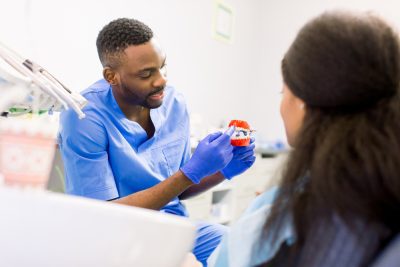Proactive self-care stands as an indispensable pillar of overall well-being. Among the myriad health concerns, breast cancer takes center stage, underscoring the critical necessity of routine self-checks within a holistic wellness regimen. This guide delves into the pivotal role of monthly breast cancer self-examinations, unraveling their profound significance in empowering individuals to seize control of their health. Beyond mere precautionary measures, these self-checks serve as proactive steps towards early detection, fostering a sense of agency and vigilance. As we navigate the nuances of this essential health practice, we illuminate the path for women to not only prioritize their physical health but also to cultivate a deeper connection with their bodies.
Understanding the basics: What is a monthly breast cancer self-check?
A monthly breast cancer self-check involves a systematic examination of one’s breasts to detect any abnormalities or changes. The primary goal is to identify potential signs of breast cancer at an early stage, facilitating prompt medical intervention and increasing the chances of successful treatment.
Getting started: The importance of regular self-examinations
The first step in taking charge of your health is to establish a routine. Designate a specific day each month to perform a thorough breast self-examination. Consistency is key, as regular checks enhance your familiarity with your breasts, making it easier to notice subtle changes.
The step-by-step guide to a monthly breast cancer self-check
1. Visual inspection
Begin by standing in front of a mirror with your arms at your sides. Observe your breasts for any visible changes in size, shape or skin texture. Note any dimpling, puckering or changes in the nipple.
2. Raise your arms
Next, raise your arms and observe your breasts in different positions. Look for the same changes mentioned above. Check for any discharge from the nipples.
3. Manual examination
Lie down and use your right hand to feel your left breast and vice versa. Use the pads of your fingers — not just the tips — and move in a circular motion from the outside to the center. Pay attention to any lumps or thickening.
4. Check the surrounding areas
Extend your examination to the areas around your breasts, including the armpit and collarbone areas. Lymph nodes in these regions can provide valuable information about breast health.
5. Repeat while standing
Finally, repeat the manual examination while standing. Some changes may be more noticeable in different positions.
Understanding what to look for: Signs and symptoms
Being familiar with the potential signs and symptoms of breast cancer is crucial. Look out for:
– New lumps or masses
– Changes in breast size or shape
– Unexplained pain
– Skin changes, such as redness or dimpling
– Nipple changes, including discharge
When to consult a health care professional
If you notice any unusual changes during your self-checks, it’s essential to consult with a health care professional promptly. Early detection significantly improves the chances of successful treatment and recovery.
Empowering yourself through knowledge
Regular breast cancer self-examinations empower individuals by promoting a proactive approach to their health. Knowing your body and recognizing potential warning signs allows for timely action, turning uncertainty into a sense of control over your well-being.
Embarking on the path to optimal health is a journey defined by simple yet potent actions. Among these, monthly breast cancer self-checks emerge as a proactive stride accessible to every woman, a fundamental commitment to the safeguarding of her well-being. Integrating this practice into your monthly routine transcends the realm of caution; it becomes a catalyst for a profound connection with your body. Through this regular commitment, you not only contribute to your immediate health but also cultivate a holistic understanding of your body’s nuances, fostering empowerment that extends far beyond breast health alone.
This story was created using AI technology.















